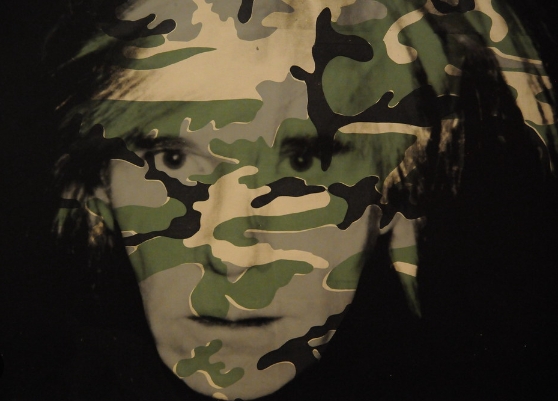Exploring Andy Warhol’s Iconic Camouflage Self-Portrait
Andy Warhol, the renowned American artist known for his bold and innovative approach to art, created a series of camouflage self-portraits that have become iconic in the art world.
The Concept of Camouflage
Camouflage, typically associated with military uniforms and blending into one’s surroundings, takes on a new meaning in Warhol’s self-portraits. By using vibrant colors and repeating patterns, Warhol transforms the traditional idea of camouflage into a work of art that stands out rather than blends in.
The Self-Portrait
Warhol’s self-portrait in camouflage features his own image repeated multiple times within the camouflage pattern. This repetition gives the portrait a sense of movement and depth, drawing the viewer in to explore the layers of the artwork.
The Use of Color
Warhol’s use of bright, eye-catching colors in his camouflage self-portrait adds a sense of excitement and energy to the piece. The bold hues contrast with the more subdued tones typically associated with camouflage, creating a dynamic visual impact.
The Pop Art Influence
As a leading figure in the Pop Art movement, Warhol’s camouflage self-portrait reflects his interest in popular culture and mass production. By incorporating a familiar pattern like camouflage into his work, Warhol blurs the line between high and low art, making his art accessible to a wider audience.
The Legacy of Warhol’s Camouflage Self-Portrait
Warhol’s camouflage self-portrait remains a prominent example of his groundbreaking approach to art. Its iconic status has cemented Warhol’s place in art history as a visionary artist who pushed boundaries and redefined the concept of what art can be.



